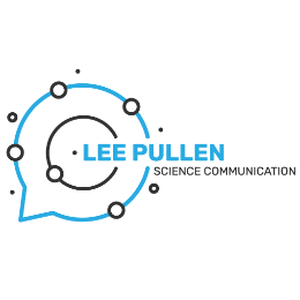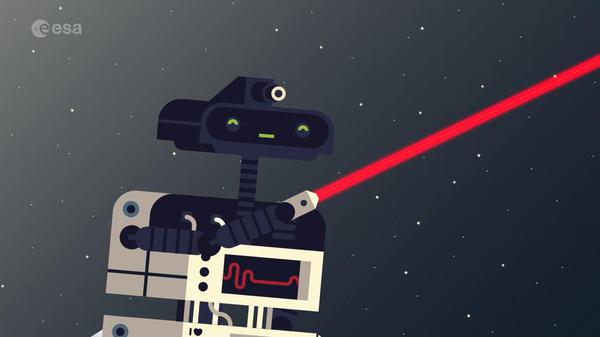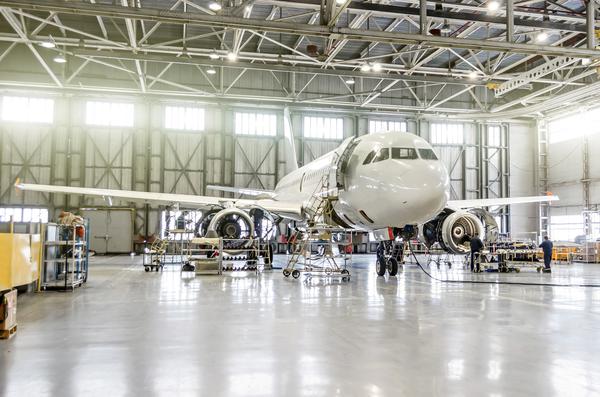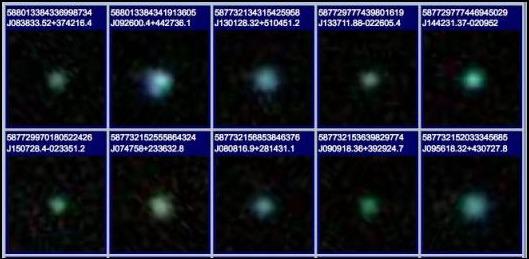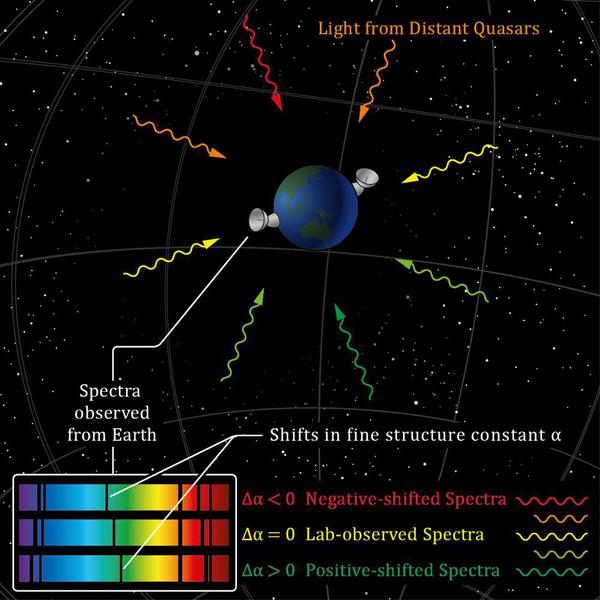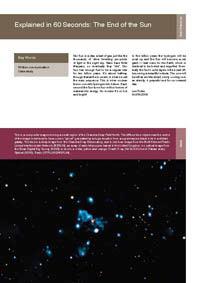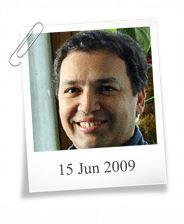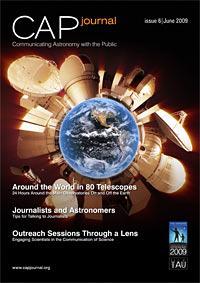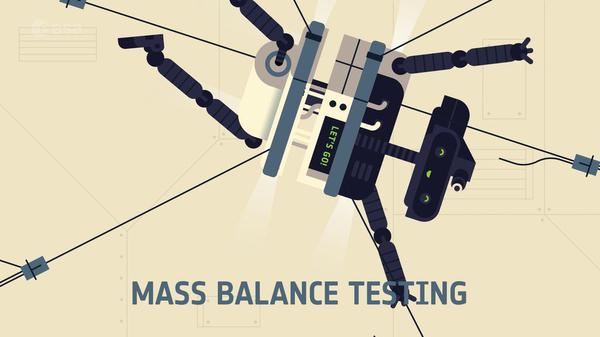
The Incredible Adventures of the Hera mission – Testing times
Meet Hera, our very own asteroid detective. Together with two CubeSats – Milani the rock decoder and Juventas the radar visionary – Hera is off on an adventure to explore Didymos, a double asteroid system that is typical of the thousands that pose an impact risk to planet Earth.
Do Hera and her CubeSats have the right stuff to explore space? Before launch they need to prove it, with a round of testing at the ESTEC Test Centre in the Netherlands – Europe’s largest satellite test facility. Suitab
Do Hera and her CubeSats have the right stuff to explore space? Before launch they need to prove it, with a round of testing at the ESTEC Test Centre in the Netherlands – Europe’s largest satellite test facility. Suitab
